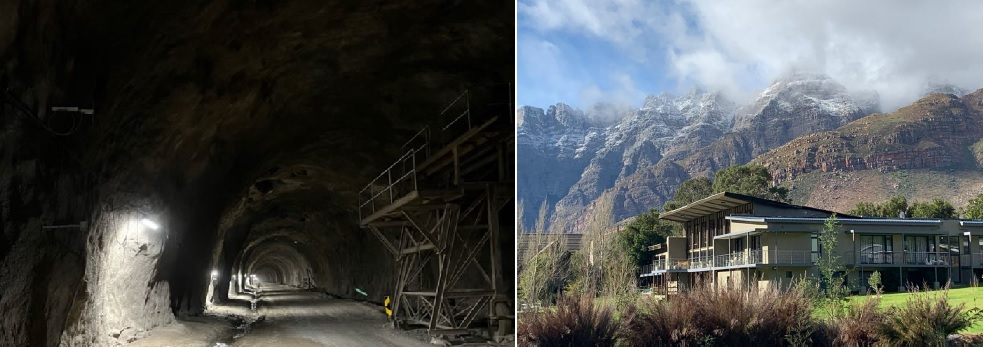Speaker
Description
Deep underground laboratories provide a unique “radiation free” environment for broad range of fundamental and applied research and development, e.g. double beta decay, dark matter detection, innovative detector technologies, radiobiology, geoscience or climatology.
Experiments in deep underground laboratories could be divided into two main groups – i) leading activities in the field (e.g. in double beta decay LEGEND experiment), ii) specialized (smaller) experiments. The present situation and obtained results of two specialized experiments in double beta decay, investigation of 106Cd (2EC/EC decay) by TGV spectrometer (32 HPGe planar type detectors in common cryostat) and investigation of 82Se (2 decays to the first 0+ level of daughter nuclide) by HPGe detector OBELIX (ultra-low background detector with volume of 605 cm3) will be presented.
To reach ultra-low radiation environment in deep underground laboratories it is necessary to install several infrastructural equipment. Important part of background in the deep underground laboratories is caused by radon. The sophisticated filtration anti-radon facility suppressing the content of radon by a factor 2000-3000 (output air with radon activity below 10 mBq/m3) and a clean room (ISO 5) with highly reduced radon concentration (at the level of 10-20 mBq/m3) will be also presented.
